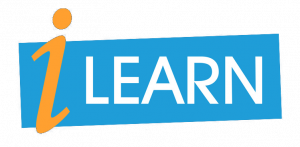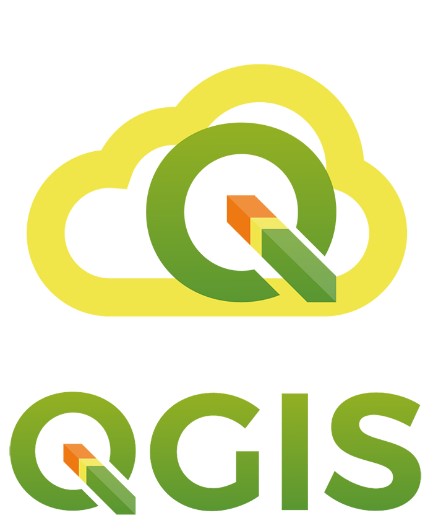Module 2: How GIS works
Exercise Module 2

|
QGIS-Community
QGIS is a geoinformation system that is offered for installation free of charge as open source software. The programme is supported by a dedicated group of developers, users and enthusiasts who are committed to the further development, expansion and application of the QGIS software as a virtual community around the world. The community is constantly working to improve QGIS, which explains the frequent updating and release of new versions. The QGIS community uses a scheme consisting of major, minor and patch for versioning, i.e. the designation of programme versions. Using this standardised scheme, the software version used can be sorted chronologically. Version 3.32 should therefore be interpreted in this way: The 3 represents the major version, the 32 the minor version, with no patch version. In addition, the QGIS versions are given names that generally refer to geographical locations or landmarks. Examples of this are "Dufour" (version 2.0), "Vienna" (version 2.8), "Las Palmas" (version 2.18), "Girona" (version 3.0), "Zanzibar" (version 3.8), "Hanover" (version 3.16) or "Maidenhead" (3.36). The names are particularly popular with users of the software and lend the more technical and informative version designations a reference to geoinformation and geodata.
|

|
Exercise 02Dies ist ein Platzhalter zur Wahrung der Breite. Sollten Sie dies lesen können wenden Sie sich bitte umgehend an die Kursleitung. |


